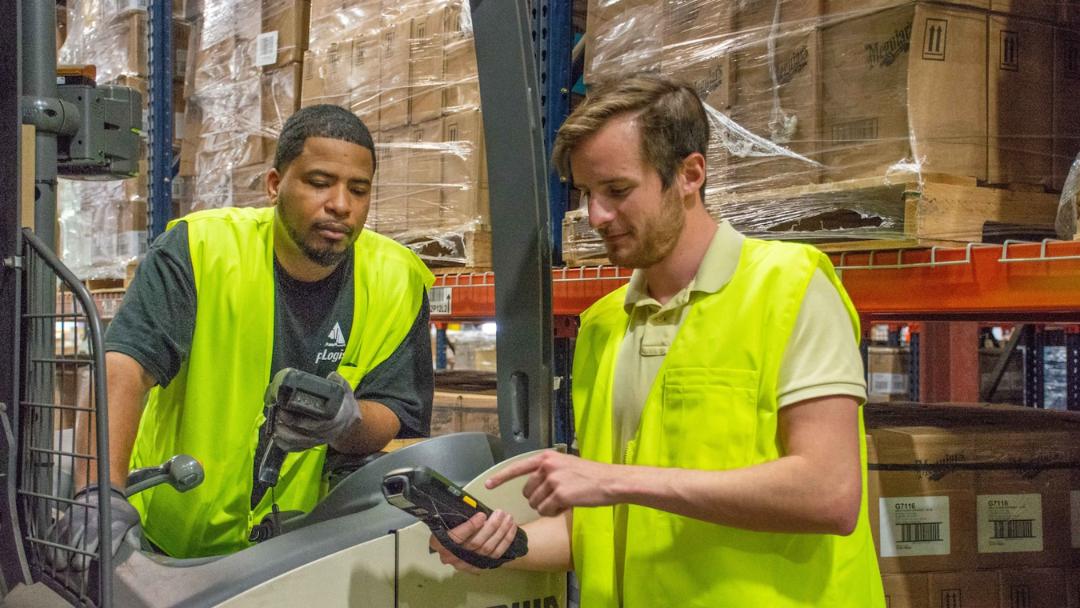This appears to be the question in the contact center business sector today!
After all, more than one-third of the U.S. workforce whose work could be performed fully remote are saying they prefer fully-remote work. (The actual stats: 37 percent said they prefer fully remote, while 54 percent said they prefer hybrid/onsite.) Most contact center operations managers, however, prefer onsite workers, or at least a hybrid of onsite/remote.
Let’s dive into the pros and cons of each (on-site/hybrid/fully remote).
All on-site
Managers like this option for three main reasons:
- They feel they can better monitor employees.
- They think that when agents don’t see each other every day, they lose a lot, like camaraderie with colleagues.
- Training new employees and providing continuous training to experienced staff is easier because trainees can ask questions in real-time. Trainers can also easily identify any difficulties trainees may be facing.
The first reason is no longer as strong as it would have been even a year ago because contact center technology can now monitor many things such as how long an agent spends with each customer when an agent has left the keyboard, and for how long, and so on.
Monitoring productivity, therefore, shouldn’t be a problem.
What could be a problem is that managers can’t see if an agent appears to be under stress.
However, contact center executives at our September 2021 Contact Center Executive Forum mentioned that after they moved to a remote workforce at the start of the pandemic (and in the months since) that they found that their team members shared more about their personal struggles than they did when they were entirely onsite. This, in turn, had the contact center managers become “something akin to counselors, therapists, parents, and close friends as their team members started opening up to them.”
Camaraderie for a remote contact center workforce could be an issue, but – as discussed at last year’s CCEF – only if managers fail to work extremely hard at building a strong, collegial culture remotely. (We present several suggestions for doing so at the link above.)
Hybrid workforce
The pros of this type of contact center workforce arrangement are obvious to managers: they can see their team members and manage them in a way that’s easiest for the manager.
After all, not all great in-person managers can transfer this greatness to a hybrid or fully remote workforce.
The same goes for trainers.
Our CCEF panelists were clear: learning how to train team members remotely – via technology – is a lot different from being in the same room with them during the training sessions.
Many employees at companies of all types look forward to coming into the office a couple of days each week. (About 55 percent want to do so at least three days a week, according to statistics from Zippia Research). This often is because they miss the camaraderie of an office. Hybrid, therefore is a plus for these team members.
But employees who prefer to be fully remote may balk at this… and leave.
Fully remote



